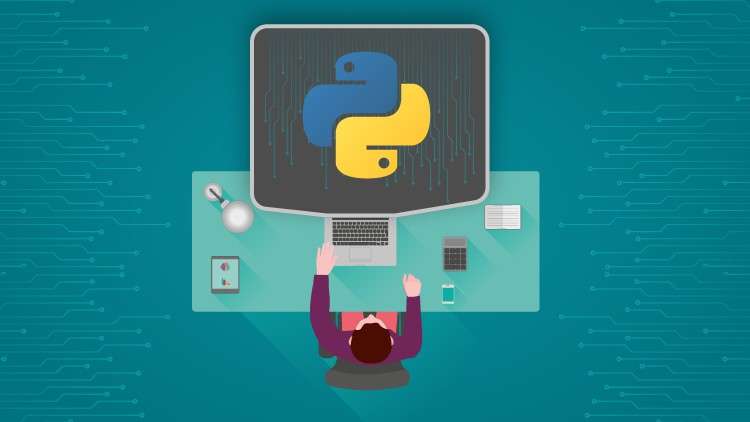
Kickstart your coding journey in 2023! Learn Python from scratch and apply Python functions in real-world scenarios
What you will learn
Master Python basics, syntax, and data types to confidently write Python code and solve problems
Understand Python data structures, flow control, and functions for efficient data manipulation
Gain proficiency in handling Python modules, libraries, and error debugging to build robust programs
Get introduced to data analysis with Python, opening doors to data science and machine learning
Description
Welcome to Python 101: Python Programming & Python Functions (2023), a comprehensive Udemy course specially designed for passionate learners eager to master Python programming. This course is led by Praveen Kodur, a certified Python Programming expert with over 20 years of professional experience.
The course is structured into nine detailed sections, each focusing on a vital aspect of Python programming. You will start with an introduction to Python, move onto Python syntax and basic data types, learn about Python data structures, understand flow control, master functions, handle Python modules and libraries, get introduced to error handling and debugging, and finally, dive into data analysis with Python.
Upon completion, you will have acquired key skills such as Python coding, creating Python projects, understanding Python basics, and Python programming for beginners. You’ll also gain an understanding of Python for data science, Python language course, introduction to Python programming, and Python language tutorial.
The course content includes:
- Introduction to Python: Dive into the history of Python, its advantages, and applications. Learn how to set up the Python environment and run your first Python program.
- Python Syntax and Basic Data Types: Understand Python indentation, comments, variables, data types, strings, numbers, and Booleans.
- Python Data Structures: Get hands-on experience with lists, tuples, sets, and dictionaries.
- Flow Control: Master conditional statements and loops, along with loop control statements.
- Functions: Learn about defining and calling functions, return values and scope, function arguments, and lambda functions.
- Modules and Libraries: Explore importing modules, the standard library, and creating your own modules.
- Error Handling and Debugging: Understand common Python errors and exceptions, and how to handle them.
- Introduction to Data Analysis with Python: Get introduced to data analysis and its importance, the Python ecosystem for data analysis, working with NumPy arrays, introduction to pandas, and data visualization with matplotlib.
- Wrap-up and Next Steps: Recap of Python basics and next steps to further your Python journey.
To ensure that you can fully participate in this course, you will need access to a mobile device or a desktop/laptop with an active internet connection. This setup allows you to learn at your own pace, from the comfort of your home or office.
One of the key highlights of this course is that upon completion, you will gain a wealth of knowledge and practical skills. In addition, you will gain access to a library of downloadable resources. These resources are tailored to the topics studied in the course, serving as a valuable reference for future use.
Join us on this journey and start your adventure in Python programming today! Master coding for beginners, learn to code with Python, and embark on Python projects for beginners. This course is your gateway to becoming a proficient Python developer, mastering the Python programming language, and exploring Python for data science. Enroll today and take the first step towards your coding career!
Content